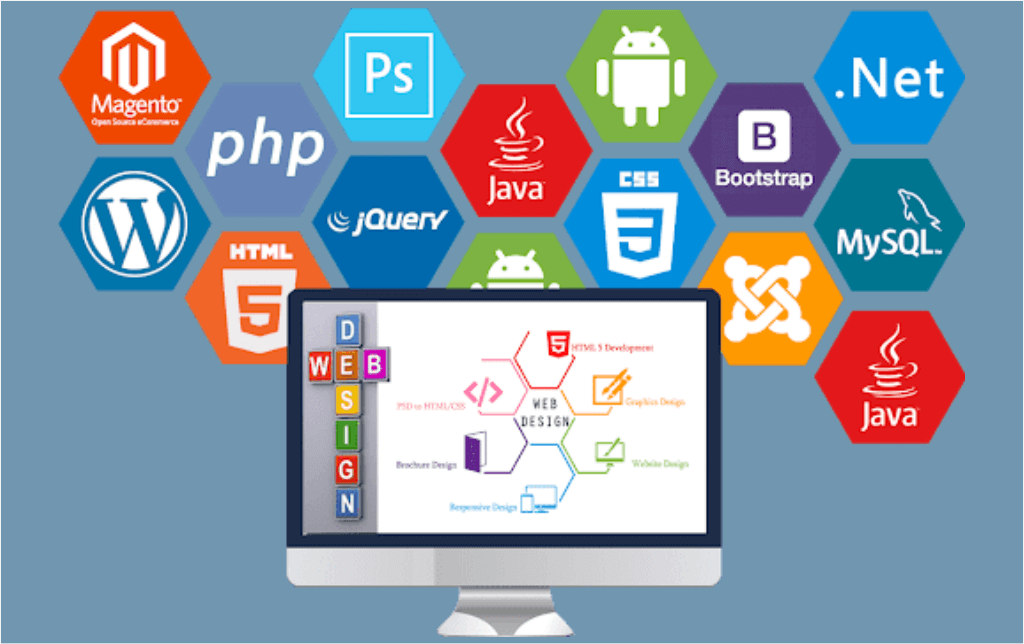What is E-Commerce?
Electronic commerce, also known as E-Commerce, is concerned with buying and selling goods online or via the internet.
Vendors create websites to showcase their products with the aid of images, corresponding prices, and descriptions. The buyers visit these websites and can buy the products of their interest.
Buyers can make payments via multiple payment options like pay on delivery, e-wallet, net banking, credit card, debit card, UPI, and more. After placing the order, it is the responsibility of the seller to ship the product to the address given by the buyer. Thus with the help of e-commerce, you can get the product while sitting at home.
E-commerce is a highly successful business model that is used worldwide. However, it can be a big challenge to make it a success, especially in the case of small and medium-sized businesses as they do not have significant investments and access to the latest technologies.
In spite of all the obstacles, every business loves to be a part of the online shopping platforms industry that is e-commerce.
What are E-Commerce Business Models?
In E-commerce following business models are used:
- B2B (Business-to-Business) Model: It refers to a business that sells its products or services to another business, e.g. a wholesaler buying products from a company.
- B2C (Business-to-Consumer) Model: It refers to a business that sells its products or services directly to the consumer without the intervention of any third party, e.g. the brand Woodland selling its products to customers directly on its own website.
- C2C (Consumer-to-Consumer) Model: It refers to consumers selling their assets, such as property, vehicle, etc. by advertising their details on the website, e.g. selling products on OLX.
- C2B (Consumer-to-Business) Model: It refers to the situation when a customer does something that is valuable for a business, and the business buys it or uses it, e.g. Upwork, Fiverr, etc.
- B2G (Business-to-Government) Model: It refers to companies that sell products, services, or information to government agencies, e.g. a telecommunications company selling its services to a government agency.
- G2B (Government-to-Business) Model: It refers to government agencies that sell their services to businesses, e.g. business licenses, online start-up registration, etc.
- G2C (Government-to-Citizen) Model: It involves government websites that provide services to citizens, e.g. vehicle or machinery auctions, registration for birth, marriage, etc.
What are the Benefits of E-Commerce?
- Sellers have a wide consumer base that is not limited to a particular area.
- Big opportunities for small business houses to grow.
- Sellers’ expenses are reduced and thus profits may increase.
- Reduces the staff required for the sellers.
- Increased time flexibility as the buyers can buy any time from the website.
- Offers a wide range of products to sell.
- By getting positive reviews on the products, sellers’ credibility is increased.
- Buyers can compare products on different websites before making a final decision.
- The convenience of buying while being at home, at the office, or anywhere else.
- Convenient return and/or exchange of products.
- All product details are easily available.
- Buyers can get a huge amount of variety in a single place.
What is the Scope of E-Commerce in the Indian Market?
The business of e-commerce has huge scope in the Indian market. This is due to the following reasons:
- The internet is rapidly growing in India and people love to do shopping while not being in the market. This has opened the doors to e-commerce success in India. Moreover, there is a reduction in the cost of broadband internet facilities that has ensured that more and more people come online.
- India has a large population and this has given e-commerce an opportunity to grow in India.
- E-commerce is cost-effective and convenient to use from the comfort of your home.
- The government of India is giving a push to online payments, like UPI, and this has given a boost to online business.
- The trust of Indian people is growing in online shopping due to their positive experiences.
- The Indian Government is adopting favorable policies towards e-commerce, like Digital India, Startup India, Make in India, etc.
Challenges for E-Commerce Business in India:
- Although the internet is growing in India still in comparison to the population, its growth rate is quite less.
- A heavy budget for branding and marketing is required which may not be possible for small businesses.
- As there are so many players in the field of e-commerce, the profit margins are quite less.
- Successful and safe delivery of products is still a dream to achieve in many cases.
- In spite of government policies, taxation is still a big hurdle. GST seems to be correcting this issue.
- The mindset of Indian customers tends to be traditional, as most people feel more at ease while purchasing products from physical stores rather than e-commerce stores.
Conclusion:
Overall, these factors make India a promising market for e-commerce companies, and there is a lot of potential for growth in the years to come.







